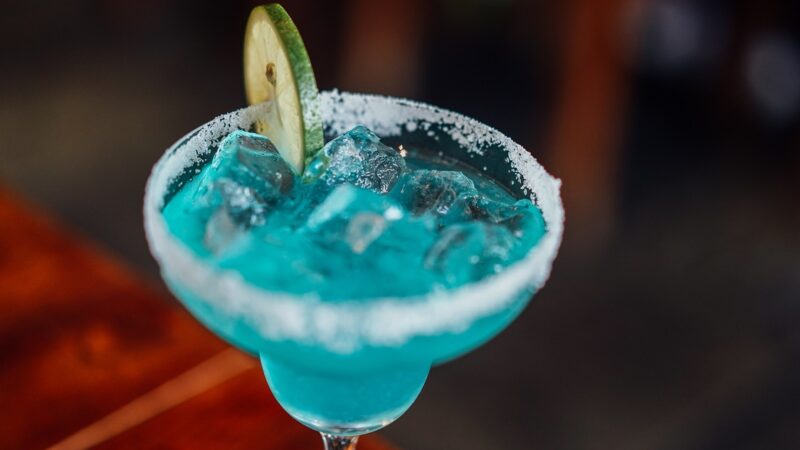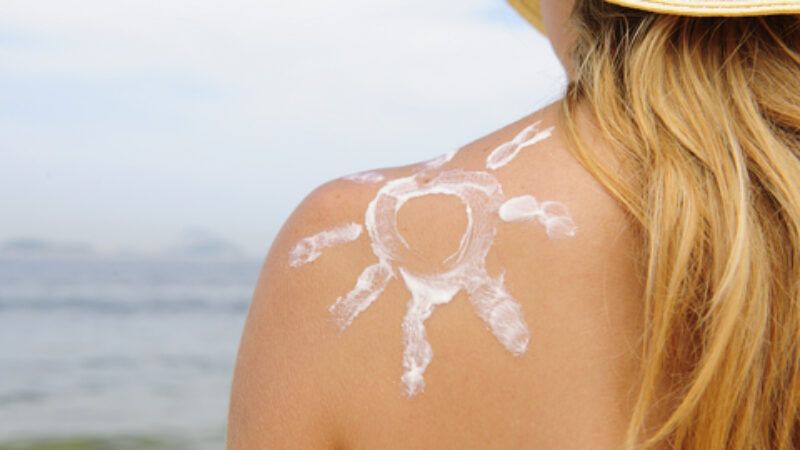Do you have a tanning addiction? It may sound far-fetched, but with a rise in the number of melanoma cases, particularly involving women under the age of 40, scientists are looking for other reasons to explain this disturbing trend.
Studies have shown that addiction to UV exposure is not so different than addiction to other substances. Addictions in general create both physical dependence (cravings, increased tolerance, withdrawal symptoms) as well as psychological dependence (feelings of well-being, relaxation, even pain-relief). Recent revelations have also shown that the use of tanning beds by teens is tied to the increase of other “risky” behaviours that could compromise health, such as excessive drinking, smoking, and unhealthy dieting practices to control weight.
Many government-sponsored and industry-driven steps have been taken to decrease the risk of developing melanoma and skin cancer due to UV exposure:
- The annual Melanoma Monday campaign that raises awareness of this deadliest type of skin cancer
- Free skin cancer screening events for the public
- Ads and social media using celebrities in the hope that the public will also use sunscreen
- Laws banning the use of tanning beds for those under 18 years old in 9 states. At least 41 states have regulations that require parental consent and/or presence for those under 18.
- The addition of sun filters in many off-the-shelf cosmetic products like moisturizers, powders and foundations
Despite the abundant information available regarding the hazards of sun exposure and the wide availability of sunscreens, a surprisingly high number of people still yield to the pressure of looking bronzed. Estimates run in the range of 30 million individuals annually in the United States alone who tan indoors and recent news indicates that fewer teens use sunscreens now than ten years ago.
Other factors that may be motivating young people to tan:
- Desire to look fashionable: The prevailing popular image is that tanned looks healthy while pale simply looks sickly and weak.
- Need to conform to the appearance of peers.
- Social reasons: Fitting in with friends and participating in the same activities like going to the beach or to the tanning salon.
- Feeling of well-being that one gets from increased endorphins after sun exposure. Who hasn’t felt relaxed and happier when the sun is out? Endorphins are the same feel-good chemicals that kick in after other activities such as exercise.
Yes, a tanning addiction may sound trivial, but the consequences of life-threatening melanoma are anything but trivial. Clearly, there is more work to be done.




